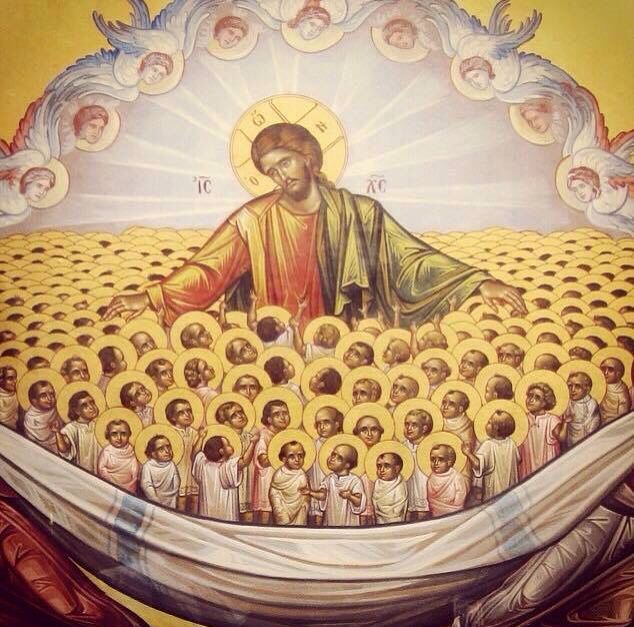A favorite childhood memory of mine was hearing the 12 Days of Christmas song on the way to school every morning. The four of us kids would sing to the top of our lungs as the Muppet Babies belted out the 12 days of Christmas and the presents they were getting from their significant other.
I never realized that the song itself was referencing an event that actually took place.
What are the 12 days of Christmas?
Well, despite the cute song, the true meaning behind the 12 days of Christmas is much more serious.
Each day references a saint or feast that is honored, and this Christmas tradition is one of the oldest traditions that are still around.
The days are as follows:
Day 1: Takes place on Christmas Day, December 25th. This day is used to remember the Birth of Jesus
Day 2: December 26th is known as St. Stephen's Day. Stephen was the first martyr of the church. This is also Boxing Day in many different countries.
Day 3: The 3rd day recognizes the Apostle John. John was probably the youngest disciple to follow Jesus, and he would be the last surviving disciple. He would write five books in the New Testament.
Day 4: The Feast of the Holy Innocents takes place to remember the little boys who were murdered by King Herod in his search to find Baby Jesus.
Day 5: The day that St. Thomas Becket is remembered. St. Thomas was murdered on the 29th of December for challenging the King's authority over the church.
Day 6: St. Egwin of Worcester is recognized. Egwin was an early English Saint who helped orphans and others who were destitute.
Day 7: New Year's Eve. The welcoming of a new year is celebrated by every European country, and there are many different traditions tied to it.
Day 8: New Year's Day marks a new beginning and is a day that Mary, the mother of Jesus, is remembered.
Day 9: St. Basil the Great and St. Gregory Nazianzen are recognized. These two were 4th-century Christians who were known as great thinkers of the Faith.
Day 10: Feast of the Holy Names of Jesus is held in remembrance of when Jesus was officially named in the Jewish temple.
Day 11: The first American Saint, St. Elizabeth Ann Seton, is remembered.
Day 12: Also known as Epiphany Eve. During the 12th night of celebrations, the roles were often reversed. Servants would be served by their masters.
One of the more peculiar traditions that take place on the 12th day is the baking of a rich Christmas Cake filled with eggs, fruit, butter, nuts, spices, and one pea. The dried pea was cooked into the cake, and the individual who had the slice that contained the pea would be Lord of Misrule for the night. This person would lead the celebrations and be dressed like a King or Queen for the evening.
Conclusion
The 12 Days of Christmas is much deeper than the children's song, but like many older traditions has faded over time. This is due to work schedules being much busier and Christmas becoming more commercialized. American society has also become increasingly secular as opposed to its Judeo-Christian roots.

